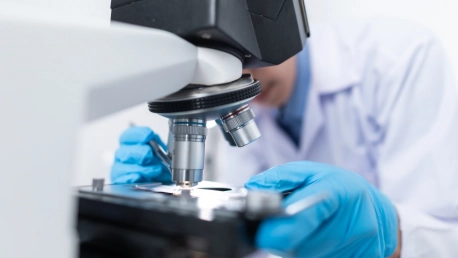More than two years have now passed since the beginning of the COVID-19 pandemic—an epidemic that turned into the most serious healthcare crisis in modern history. According to Johns Hopkins University, 6.16 million people have lost their lives to the disease, and more than 493 million have been infected with the virus. However, ever since the beginning of the crisis, one of the few reassuring facts about COVID-19 and the virus that causes it, is this: Children and teenagers tend to have more mild symptoms compared to adults.
According to Dr. Maria Van Kerkhove, this remains true for newer variants of the virus as well, although some indicate increasing transmission abilities across all age groups. Younger children especially tend to develop more mild symptoms of COVID-19, and they don’t have as many symptoms as adults. However, some children do present gastrointestinal symptoms like diarrhea, but they usually turn out to be less intense than those developed by adults. Even so, “the best way to keep children safe is prevention. We want to prevent as many infections as we possibly can all over the world,” Dr. Van Kerkhove says.
Developing COVID-19 vaccines for children
While social distancing measures proved to be vital for children and adults alike, biopharmaceutical companies and scientists around the world strived to develop effective COVID-19 vaccines for children and teenagers in an effort to stop the pandemic. According to the Centers for Disease Control and Prevention (CDC), most children, and all teenagers in the U.S. can now get COVID-19 vaccines. While no vaccine is authorized for children aged 4 years and under, the Pfizer-BioNTech vaccine is recommended for those aged 5 to 18 years and older. Adolescents aged 18 years and older can also opt for the Moderna vaccine.
The CDC not only recommends that everyone aged 5 years and older get a COVID-19 vaccine, but also advises that children aged 12 years and older get a COVID-19 booster shot as well. According to the nation’s health protection agency, there are three main reasons why American children and teenagers should get vaccinated. First and foremost, COVID-19 can present with both mild and severe symptoms in children and adolescents. Secondly, not only are short-term health complications expected in children, but some children also develop long-term effects. Moreover, even asymptomatic children can spread COVID-19 to other children and adults.
Treatments available for children with COVID-19
While Dr. Van Kerkhove recommends prevention above all else, and the CDC says there are no specific approved drugs for the treatment of COVID-19 in children yet, biopharmaceutical companies in the U.S. and abroad are currently working on new cures. Pfizer recently started a phase 2/3 study of a new COVID-19 oral treatment for children aged 6 to 17. Paxlovid, Pfizer’s new drug, has already been authorized for adults and children aged 12 years and older. The company hopes that this new trial will provide further support for the ideal dose recommendations for children aged 6 to 17, while new studies might also expand recommendability further.
Like Pfizer’s scientists, researchers at Massachusetts General Hospital (MGH) and Brigham and Women’s Hospital (BWH) have also managed to get a breakthrough. They have identified a promising treatment for multi-inflammatory syndrome in children (MIS-C)—a serious COVID-19 complication. Researchers decided to administer larazotide acetate to four extremely ill children, aged 3 to 17, who were being treated for MIS-C, and their decision subsequently paid off. Although the drug is usually used in treating patients with celiac disease, children who received it were shown to have a significantly faster resolution of gastrointestinal symptoms associated with COVID-19.
Developing COVID-19 Vaccines and Treatments
Despite recent positive outcomes, scientists everywhere know that fighting the COVID-19 pandemic is by no means an easy task—especially considering the fact that new variants of the virus that caused the crisis might continue to appear in the future. Although children and teenagers usually present milder symptoms of the disease, their lives and health conditions have already been strongly impacted by the pandemic. Preventing future infections is the best way to keep children safe, while those already suffering from symptoms should be treated as soon as possible to prevent dangerous complications—like MIS-C.
Researchers, doctors, and biopharmaceutical companies everywhere will continue to develop new COVID-19 vaccines and treatments, while also reusing and reimagining already existing treatments. While there is no guarantee that all people, everywhere, will enjoy a future without COVID-19, information about new vaccines and treatments is expected over the coming weeks and months. As research and development continues, people around the world are starting to hope that a return to normal will soon become probable.









